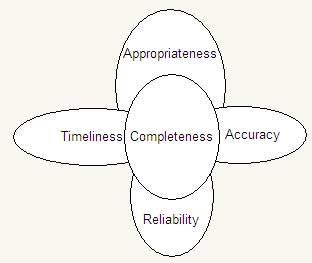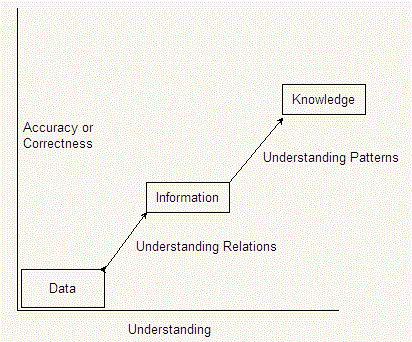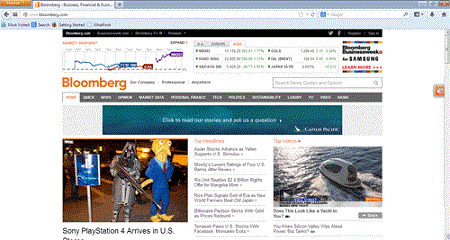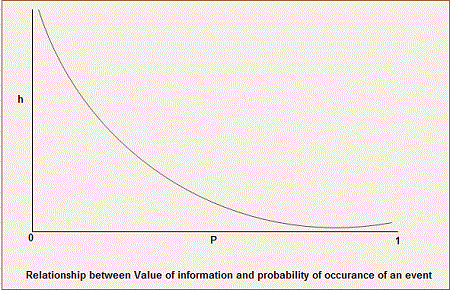Information in an organization can be managed if the data that the organization generates by interacting regularly with its internal employees and external customers is managed. If the data about the transactions that the organization enters into with other entities is managed then information can also be managed to a large extent as most information is generated from the background transaction level data within the organization. Some information however, is dependent on external data that is not available within the organization.
However, this portion is very small. Hence to manage information, first we have to manage the data that is generated within the organization. By management of data we mean managing the generation process, storage process, analysis process and retrieval process and dissemination process of the data (transaction level) of the organization. This means that all transaction level data of the organization has to be generated, stored and analyzed so that it can be retrieved and disseminated. In manual systems this is done by maintaining files of all transactions and then processing the data within the files to generate information.
This requires time as processing data manually is a time consuming process. However, in today’s modern business environment, we do not have the luxury of wasting time and hence information systems are developed on information technology platforms so that the data generation, storage, processing, retrieval and dissemination can be automated and done at a much faster rate. Thus data (transaction level) is stored and captured in transaction processing systems, which forms the backbone of any management information system. These transaction level data is then processed to provide management with meaningful information.
We can see that information is therefore managed within the organization by capturing the data where it is generated, i.e. at the transaction stage and then processing that transaction level data to provide meaningful information to management at different levels. Since a system based approach and that too on a high technology platform is used for this entire process of data capture, storage, processing/analyzing, retrieval and dissemination, information is managed properly and its (good quality) repeatability is ensured. Thus, we see that in modern organizations, information is managed in a systems based approach using technology intervention as a tool for bringing in efficiency in the process. Such systems that manage information and help management in their tasks are called management information systems.






